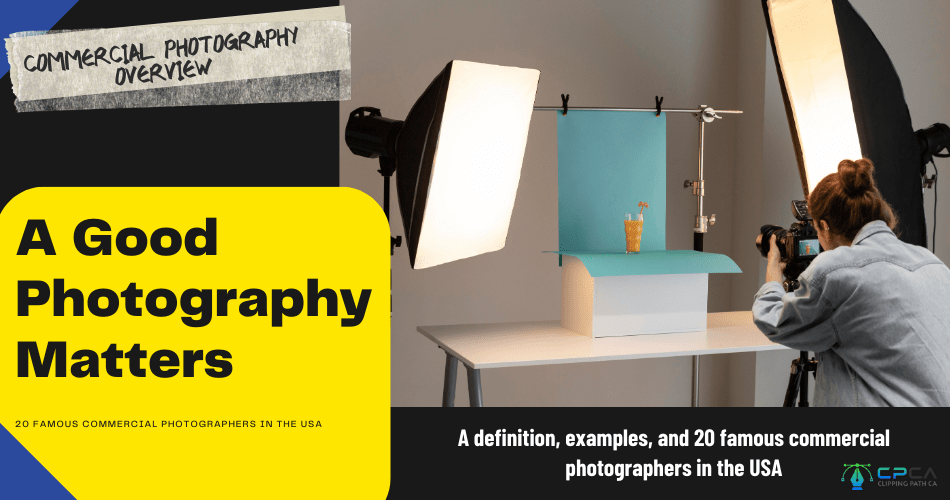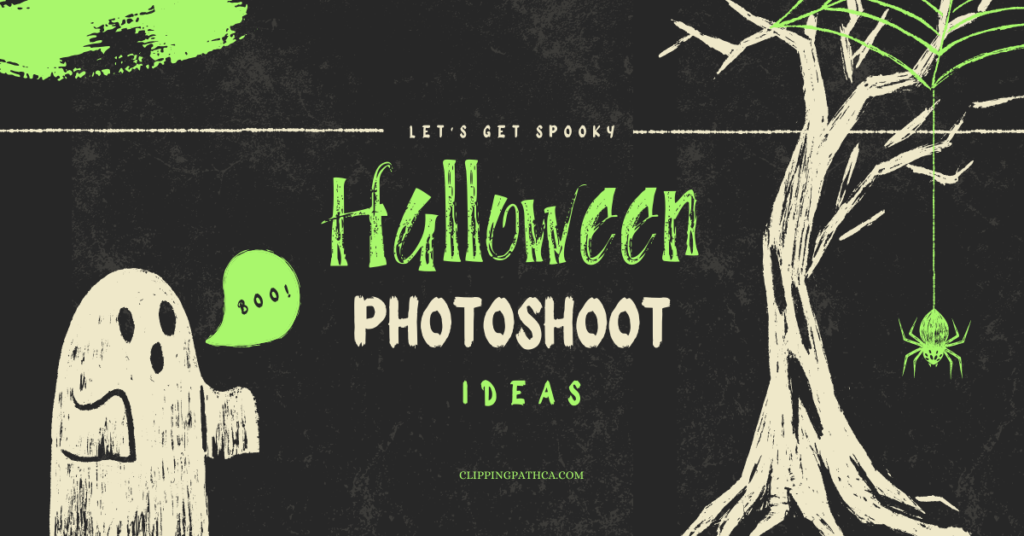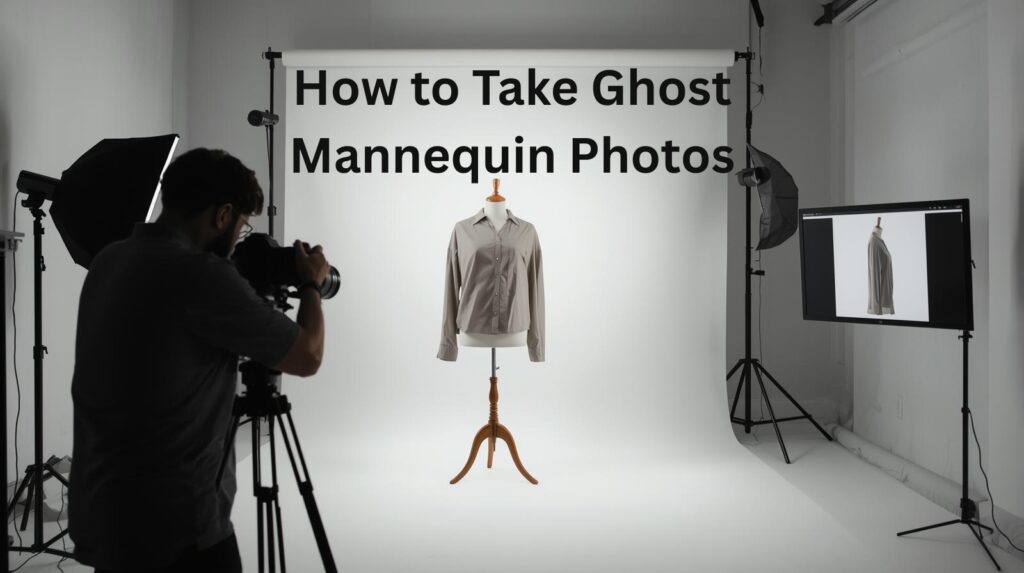Starting a career in photography as a student can feel overwhelming, especially if you’re on a tight budget. While it’s easy to think that great photos require expensive equipment and fancy gadgets, the truth is that creativity is the most powerful tool you have. Even with limited resources, you can capture stunning and professional-looking images. Photography is not just about the camera you use—it’s about the creativity, vision, and techniques you bring to your work.
In this article, we’ll explore several creative photography ideas for students that you can try with minimal equipment and on a budget. Whether you’re just starting or looking to sharpen your skills, these tips will help you dive into photography without burning a hole in your wallet.
1. Use Natural Lighting to Your Advantage
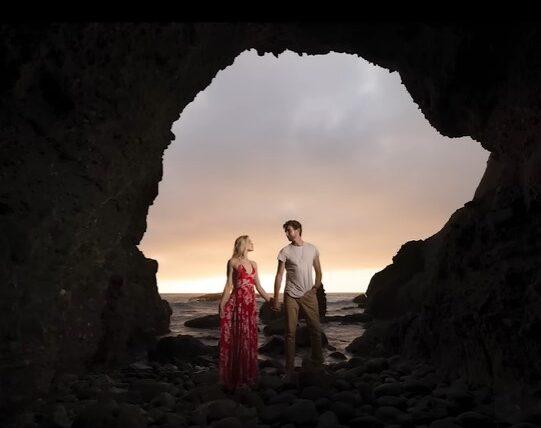
One of the most accessible and cost-effective techniques to improve your photos is utilizing natural light. It’s all around us, offering soft, flattering tones that make the most straightforward subjects look professional. The best part? It’s accessible and available to everyone, empowering you to capture stunning images without additional cost.
Shoot During Golden Hours
The best time to use natural light is during the “golden hours” — the first hour after sunrise and the last hour before sunset. The sunlight is soft and warm during this time, creating a magical glow. This light helps to enhance details in your shots without harsh shadows, making it ideal for portraits or close-up shots of objects.
Experiment with Shadows and Placement
Natural light changes throughout the day, offering a versatile tool for your photography. You can play with shadows by placing your subject at different angles to the light source, experimenting with how shadows fall, and creating depth in your photos. This versatility can inspire you to try shooting in front of windows, under tree canopies, or even on cloudy days to see how the light alters the mood of your images.
Shoot on Overcast Days
Don’t be discouraged by overcast weather. Cloudy skies provide soft, diffused light that reduces harsh contrasts and creates smooth, even lighting across your scene. This can help to add depth and drama to your photos, mainly if you’re shooting portraits or capturing textures.
2. Get Creative with DIY Backgrounds
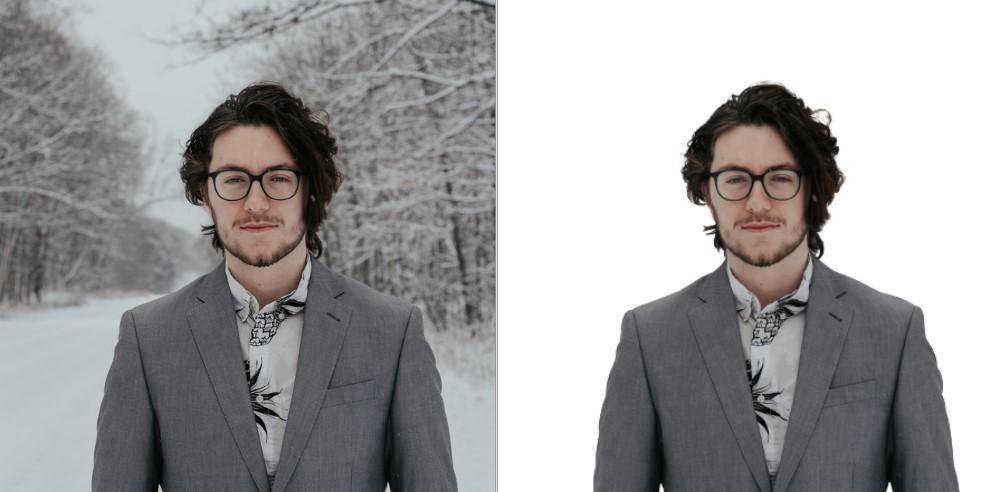
You don’t need a professional studio setup to create attractive, high-quality photo backgrounds. You can turn ordinary spaces into compelling backdrops with a bit of imagination and a few simple props. Let’s look at a few ideas for creating DIY backgrounds:
Using Household Items
Look around your home or neighborhood for objects that can work as backdrops. A patterned tablecloth, a simple bed sheet, or a textured wall can make a huge difference. Even an empty cardboard box can serve as a clean and simple background for product photography. Try experimenting with color contrast: place vibrant items against a neutral background for more striking images, or opt for a minimalist backdrop for a more subdued, classic look.
Outdoor Backdrops
Countless natural backdrops can give your photos character if you have access to outdoor spaces. Look for exciting textures like brick walls, tall grass, or flower-covered fences. Urban locations such as alleyways, industrial zones, or empty parking lots can provide gritty, raw backgrounds that work well for street photography or moody portraits.
Textured Materials and Props
You can also use simple materials like fabric, old newspapers, or scrap paper as textured backdrops. A crumpled sheet of paper or worn-out denim can add an interesting depth to your photos. Experimenting with different materials will help you create unique, eye-catching images that stand out from standard studio shots. And if you’re feeling overwhelmed by your assignments and need time to focus on your photography, you can always consider services that can “write an essay for me from academics” to free up your schedule for creative pursuits.
3. Play with Perspectives and Angles
Sometimes, changing your perspective is all it takes to transform an ordinary scene into something extraordinary. By adjusting the angle at which you shoot, you can completely alter how a subject is perceived, bringing out details or emotions that would otherwise be overlooked. This adventurous approach to photography can lead to unique and compelling images.
Shooting from Above or Below
Try shooting your subject from above or below instead of shooting your subject at eye level. This simple trick can give your photos a dramatic or whimsical quality. For example, shooting food from above can create a flat-lay composition that highlights the textures and arrangement of the items. Similarly, shooting from a low angle can make a subject appear larger than life or convey a sense of power or awe.
Experiment with Mirrors and Reflective Surfaces
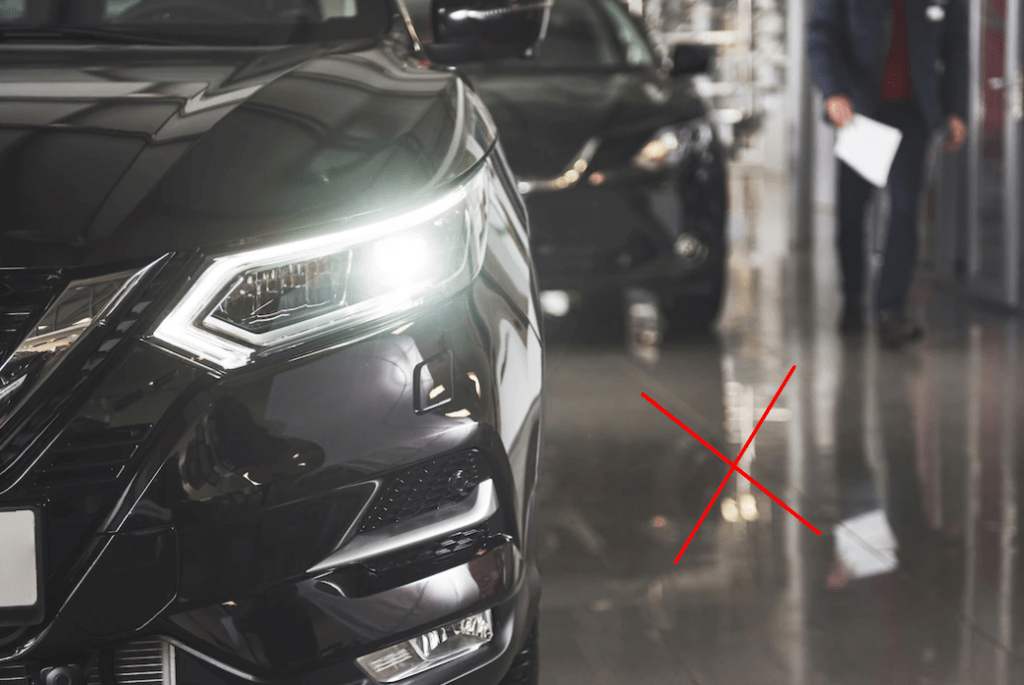
Mirrors and other reflective surfaces can add a creative dimension to your photography. Use a mirror to capture reflections of your subject, creating an intriguing symmetrical effect. Alternatively, shooting through a glass or using a puddle as a reflective surface can produce stunning, layered compositions.
Get Close or Try Wide-Angle Shots
Sometimes, getting close to your subject can reveal intricate details overlooked from a standard distance. Try shooting macro images of everyday objects like a leaf, a coin, or a book. On the other hand, using a wide-angle lens or setting your camera to a wide shot can capture expansive scenes, immersing the viewer in the environment.
4. Make Use of Everyday Objects as Props
You don’t need expensive props to create striking compositions. Everyday objects you likely already have around the house can become great photography tools when used thoughtfully.
Create a Story or Mood
Props can help tell a story or evoke a particular mood. For example, a cup of coffee, a book, or a pair of glasses can help you convey a feeling of relaxation or productivity. Placing everyday objects in a scene, such as a sweater or a watch, can add context and personality to your portrait shots.
Incorporating Texture and Layers
Textures are an essential element in photography because they add depth and interest. Simple items like a wool scarf, a flower, or a vintage camera can be used as props to create layered, textured shots. Use these items to add richness to your compositions without spending extra money.
Personalize Your Portraits
Props are also great for personalizing portraits. A scarf, a hat, or a favorite book can reflect the personality of the person you’re photographing. These props can help make your portrait shots feel more authentic and meaningful as they tie the subject’s identity to the story you’re telling through the photo.
5. Edit with Free or Low-Cost Apps
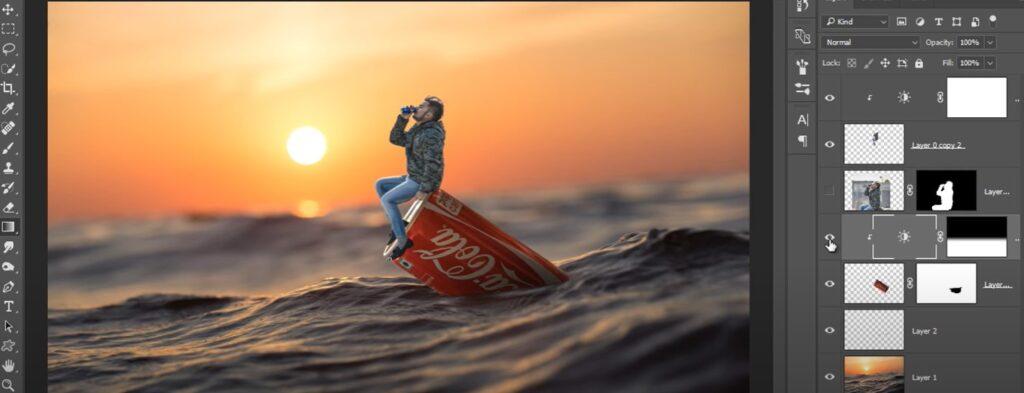
Photography doesn’t stop at the click of the shutter. Editing is where you can enhance your photos, correct minor flaws, and give them a professional look. Fortunately, plenty of free and low-cost editing apps are available for beginners and advanced photographers.
Snapseed
Snapseed is a powerful yet user-friendly app that offers a variety of tools, from basic adjustments like brightness and contrast to more advanced features like selective editing, healing, and color correction. It’s a great all-in-one app that allows you to fine-tune your photos and correct any exposure or color imbalances.
VSCO
VSCO is popular among photographers for its high-quality filters and subtle editing tools. The app also lets you adjust exposure, saturation, and temperature to give your photos a consistent style. With its wide range of creative filters, VSCO can help you set the mood for your images and enhance their visual appeal.
Lightroom Mobile
Adobe Lightroom is one of the most powerful editing tools available, and the mobile version brings professional-level features to your phone. You can adjust exposure, contrast, color balance, and even apply noise reduction. If you want to take your editing skills to the next level, Lightroom is an excellent tool for learning and improving.
Afterlight
If you’re a beginner and want a more straightforward, more intuitive editing experience, Afterlight is a fantastic option. This app includes filters, textures, and basic editing features to help elevate your photos quickly. It’s especially great for those who want to add a vintage or artistic feel to their images.
Pixlr
Pixlr offers a fun and easy way to add effects, overlays, and frames to your photos. With its simple interface, you can quickly adjust your images and experiment with creative additions like text or graphics.
6. Repurpose Old Cameras or Smartphones
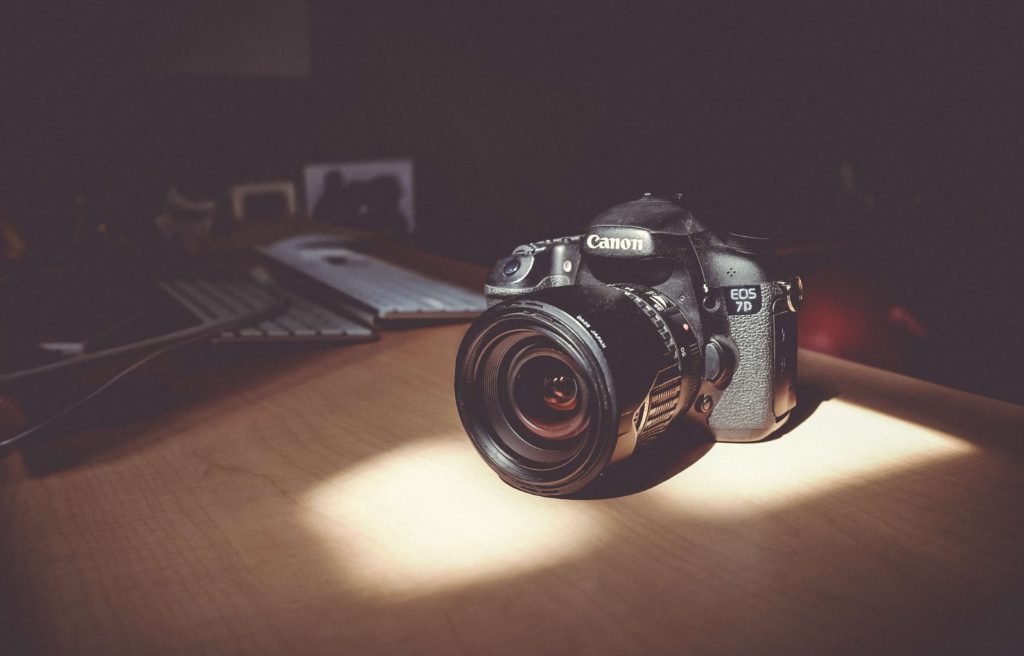
Old cameras and smartphones may not have the latest technology, but they can still produce excellent results with the right approach. Don’t let outdated gear hold you back—use it as an opportunity to test your creativity and refine your skills.
Old Phones Have Unique Characteristics
Older smartphones, in particular, have their own unique qualities. While they may not have the highest resolution, many older models offer artistic options like grainy textures, specific color filters, or black-and-white settings. Embrace these characteristics and use them to your advantage when experimenting with creative photography.
Vintage Cameras
If you have access to a vintage or point-and-shoot camera, it can be a fun way to challenge yourself as a photographer. Often, these cameras have fixed settings, so you’ll have to rely more on composition, lighting, and creativity than on fancy features.
Use Old Gear to Learn the Basics
Working with older equipment can also help you learn the fundamentals of photography. Since you’re often limited by the features and settings of older devices, you’ll have to focus more on mastering the basics of framing, composition, and lighting—skills that are crucial to becoming a better photographer.
7. Creativity Over Equipment
The most important thing in photography is creativity. You don’t need expensive equipment to capture fantastic images. Some of the best photos come from working with what you have and thinking outside the box.
Experiment with What You Have
Whether you’re using a smartphone, a DSLR, or an old film camera.
Final Thought
The key to great photography is creativity, not equipment. Use the resources you have, experiment with different techniques, and most importantly—have fun! Photography is about seeing the world in a new light, so embrace your unique perspective.


